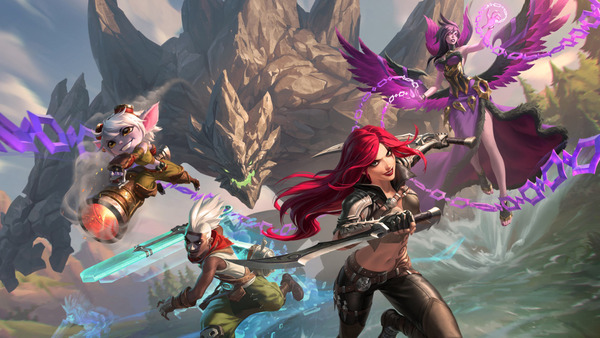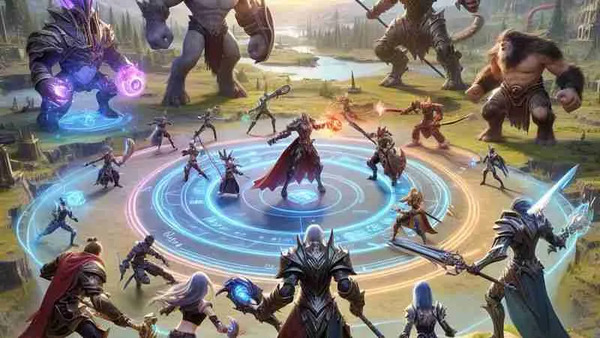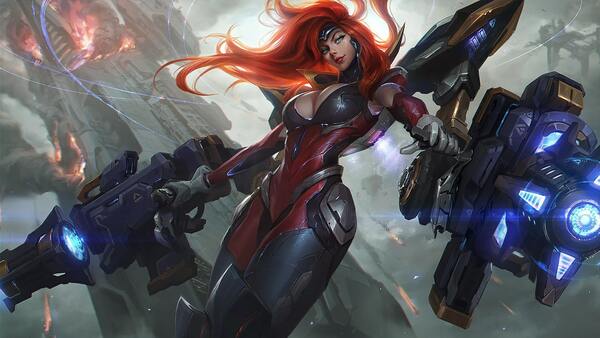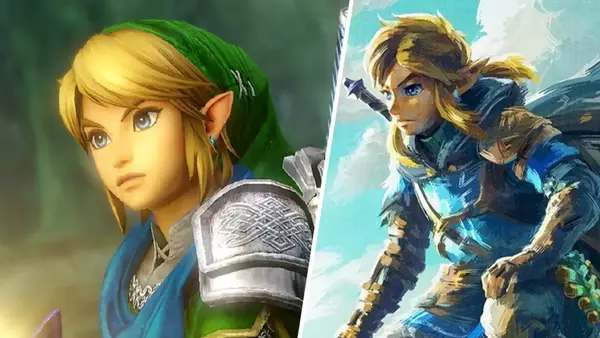Advertisement
Popular Now
League of Legends, often abbreviated as LoL, is a complex and competitive multiplayer online battle arena (MOBA) game that requires skill, strategy, and teamwork. With over 150 champions and a dynamic meta that changes frequently, understanding the intricacies of the game is crucial for success. This guide is designed to provide players with tips and strategies to improve their gameplay, whether you’re a beginner or a seasoned veteran looking to refine your skills.
H2: Understanding the Basics of League of Legends
To excel in League of Legends, it is essential to understand the core mechanics and objectives of the game.
H2: Jungle Pathing and Objective Control
The jungle role is pivotal in controlling the flow of the game by securing objectives and providing ganks.
H3: Following Patch Notes and Updates
Regularly read patch notes to understand changes that may impact your champion pool or strategies.
H2: Understanding the Basics of League of Legends
To excel in League of Legends, it is essential to understand the core mechanics and objectives of the game.
H3: The Objective of the Game
The primary objective in League of Legends is to destroy the enemy Nexus, located in their base. To achieve this, you must work with your team to push lanes, take down turrets, and secure objectives like the Dragon and Baron Nashor.H3: Roles and Positions
There are five main roles in League of Legends: Top Lane, Jungle, Mid Lane, ADC (Attack Damage Carry), and Support. Each role has a unique function and requires different skills and strategies to master.- Top Lane: Typically reserved for tanky champions or bruisers who can survive in isolation and provide utility or damage in team fights.
- Jungle: Responsible for controlling the jungle area, securing objectives, and providing support to lanes by ganking.
- Mid Lane: A versatile role that can be played by mages, assassins, or control champions, often serving as a primary source of damage.
- ADC: Focused on dealing consistent physical damage from a distance, primarily through basic attacks.
- Support: Aids the ADC in the early game and provides utility, vision, and crowd control in team fights.
H2: Champion Selection and Team Composition
Choosing the right champions and building a balanced team composition is crucial for success in League of Legends.H3: Picking the Right Champion
When selecting a champion, consider the following factors:- Meta Relevance: Some champions are stronger than others in the current patch, commonly referred to as "meta champions."
- Personal Skill Level: Pick champions that match your comfort level and experience.
- Team Composition: Ensure your team has a balanced mix of damage types, crowd control, and durability.
H3: Understanding Synergies and Counters
Certain champions work well together, creating strong synergies that can dominate in team fights. Conversely, some champions counter others and can make certain matchups difficult. Understanding these relationships is vital for both champion selection and gameplay.H2: Laning Phase Strategies
The laning phase is where you farm gold, gain experience, and build a lead over your opponent. Proper laning can set the stage for a successful mid and late game.H3: Last Hitting and Wave Management
- Last Hitting: Focus on dealing the final blow to minions to gain gold. Missing last hits can result in a significant gold deficit.
- Wave Management: Learn to manipulate minion waves to freeze, slow push, or fast push lanes based on the game’s situation.



















